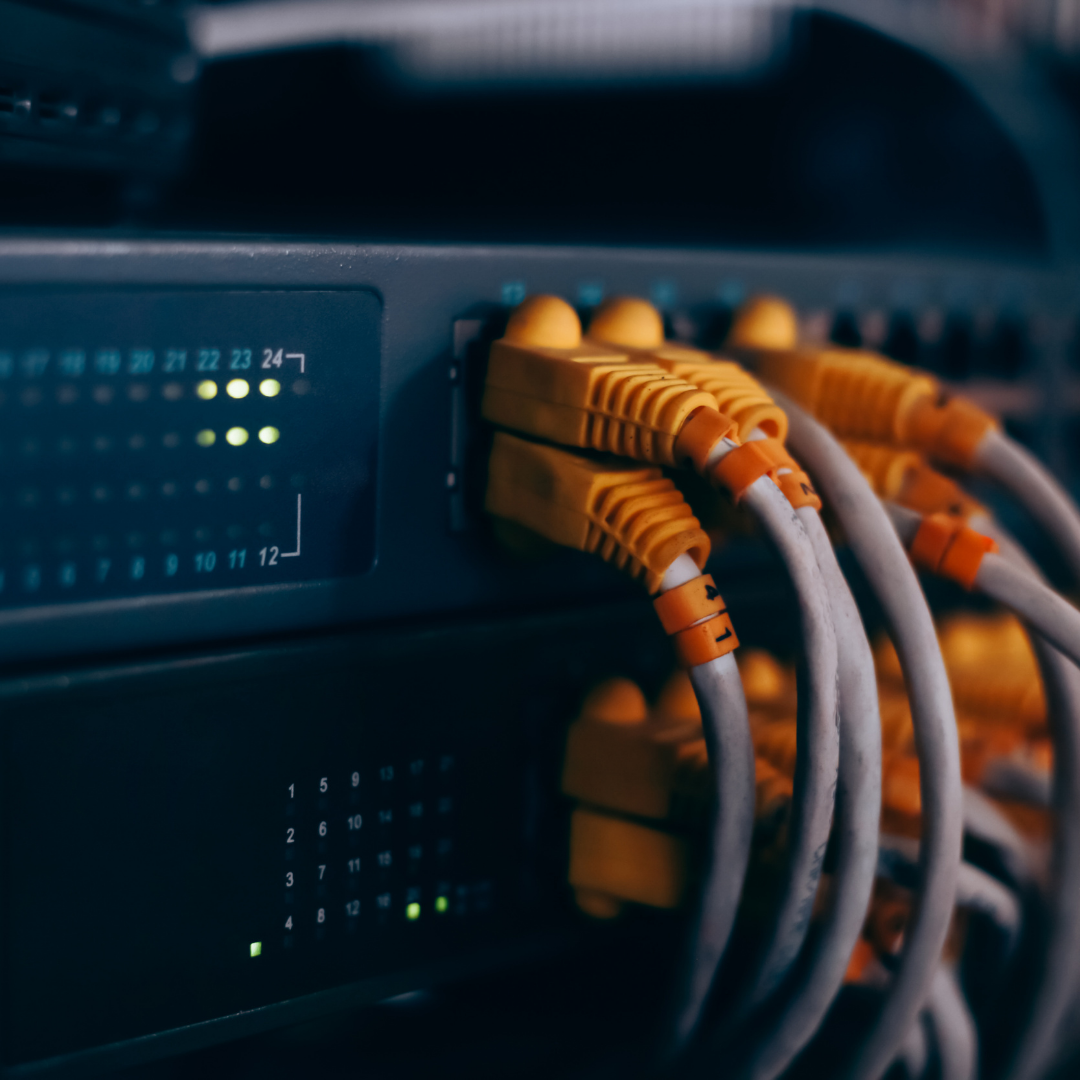PC cooling systems play a crucial role in maintaining optimal performance and longevity. When a computer overheats, it can throttle processing speeds to prevent damage, causing slower performance and reduced efficiency. Effective cooling ensures components run at their intended speeds without interruption.
Different types of cooling solutions, such as air cooling, liquid cooling, and passive cooling, affect how well a PC handles sustained workloads. The quality and design of the cooling system directly impact how stable and powerful a computer remains under pressure.
Understanding how cooling affects performance is essential for anyone seeking to build, upgrade or maintain a PC. The right cooling setup can improve system reliability and user experience over time.
The Link Between Cooling Systems and PC Performance
Efficient cooling systems directly impact the stability and speed of high-performance systems. Proper management of CPU temperature prevents damage and maintains consistent operation, avoiding performance drops caused by overheating or thermal throttling.
The Effects of Overheating on CPUs and System Components
Overheating occurs when the CPU or other components exceed their safe operating temperatures. This can lead to permanent damage such as reduced lifespan of the processor, degradation of solder joints, or failure of adjacent hardware like the GPU or motherboard.
High temperatures cause electrical resistance to increase, which impairs component efficiency. Cooling systems, including fans, heatsinks, and liquid cooling, remove this excess heat, ensuring the CPU runs within manufacturer-specified limits. Without adequate cooling, users may experience system crashes or unexpected shutdowns designed to prevent hardware damage.
Understanding Thermal Throttling and Its Consequences
Thermal throttling is a safety feature where the CPU reduces its clock speed to lower its temperature during overheating. It protects components but also significantly decreases processing power and slows down tasks.
When cooling systems cannot dissipate heat effectively, thermal throttling activates more frequently. This leads to inconsistent performance, particularly during heavy workloads like gaming or video editing. Users with poor cooling solutions may witness lag or stuttering as the CPU struggles to maintain optimal operation.
Optimal CPU Temperature for System Stability
Most CPUs operate safely between 30°C and 70°C under typical loads. Temperatures above 85°C increase the risk of thermal throttling and long-term damage. Maintaining temperatures below 75°C is ideal for prolonged high performance.
Effective cooling systems keep the CPU within this range, ensuring system stability and maximising lifespan. This involves balancing fan speed, airflow design, and thermal paste application. Regular monitoring with software tools helps users detect temperature spikes early and adjust cooling parameters accordingly.
Types of Cooling Solutions and Their Impact
Cooling systems vary in complexity and effectiveness, influencing PC performance by managing heat generated by components. The choice of cooling affects system stability, noise levels, and overclocking potential. Effective heat dissipation is crucial for maintaining consistent performance during extended use.
Air Cooling: Fans and Heatsinks in PC Builds
Air cooling relies on fans and heatsinks to transfer heat away from processors and graphics cards. Heatsinks, made from metals like aluminium or copper, increase surface area for heat dissipation. Fans then move air over the heatsinks to cool these components.
This method is simple, cost-effective and easy to maintain. However, it is limited by ambient air temperature and airflow within the case. High-performance CPUs may require large heatsinks and multiple fans to maintain optimal temperatures, especially under heavy loads. Noise levels can increase as fan speeds rise to combat heat.
Liquid Cooling: Radiators and Advanced Heat Transfer
Liquid cooling uses a coolant to absorb heat, moving it away via tubes to a radiator, where fans disperse the heat into the air. This system offers more efficient heat transfer compared to air cooling.
Radiators vary in size and fan configuration, directly impacting cooling capacity. Liquid cooling allows for quieter operation at similar or lower temperatures. It is favoured in high-performance or overclocked PCs due to its superior ability to handle thermal loads. Maintenance is more complex, requiring checks for leaks and coolant levels.
Passive Cooling Techniques for Low-Noise Systems
Passive cooling removes heat without moving parts, relying entirely on large heatsinks or specialised chassis designs for heat transfer. This approach eliminates fan noise, making it ideal for silent PC builds.
It is less effective for high-power components because it depends on natural convection and conduction. Suitable for low-power systems, passive cooling reduces mechanical failure risks but may require careful component selection to avoid overheating under load.
Maximising Performance with Effective Cooling
Efficient cooling directly impacts how well a PC performs under stress. Keeping critical components like CPUs at stable temperatures allows systems to maintain speed without interruptions or damage.
Preventing Thermal Throttling During Intensive Workloads
Thermal throttling occurs when a CPU reduces its clock speed to lower heat output, causing slower performance. Effective cooling prevents this by maintaining temperatures within safe limits, allowing the processor to operate at its designed speeds continuously.
Applying high-quality thermal paste enhances heat transfer from the CPU to the cooler. Combined with a well-ventilated case and fans positioned for airflow, this setup keeps temperatures stable during tasks like gaming or rendering.
Without sufficient cooling, CPUs can spike above safe temperatures, triggering throttling that impedes performance. Regular maintenance, such as dust removal and fan upgrade, also supports reliable temperature control.
Enabling Safe Overclocking for Enhanced Results
Overclocking pushes CPUs beyond factory speeds, raising heat output significantly. A robust cooling system is essential to prevent overheating and ensure system stability during these increased power demands.
Options like liquid cooling or high-end air coolers effectively dissipate the extra heat. Users must also monitor temperatures closely and adjust voltages carefully to avoid hardware damage.
Thermal paste quality and application become even more critical in overclocked setups to maximise heat conduction. Choosing coolers with high thermal capacity supports better overclocking headroom.
Choosing the Right Cooling for High-Performance Systems
High-performance systems require cooling solutions tailored to their components and expected workloads. Air cooling offers simplicity and affordability, but liquid cooling often delivers superior heat dissipation for demanding setups.
When selecting, factors such as radiator size, fan speed, and pump reliability should be considered alongside compatibility with the CPU socket. Cases with good airflow design amplify the effectiveness of any cooling system.
A thorough balance of cooling performance, noise levels, and maintenance needs guides the choice. Proper thermal paste application and consistent system cleaning preserve optimal cooling effectiveness over time.
Ensuring Longevity and Stability Through Proper Maintenance
Proper upkeep of a PC’s cooling components is essential to maintain optimal heat dissipation and prevent performance drops. Regular attention to fans, heatsinks, and internal organisation helps avoid overheating and stabilises system operation over time.
Cleaning Fans and Heatsinks for Consistent Airflow
Dust accumulation on fans and heatsinks restricts airflow, reducing cooling effectiveness. It is important to clean these parts regularly using compressed air or a soft brush to remove debris without damaging delicate fins or blades.
Users should target fan blades and heatsink surfaces where dust tends to collect. Cleaning prevents heat buildup, which can cause throttling or hardware stress. Frequency depends on the environment, but checking every three to six months is advisable.
Proper cleaning maintains consistent airflow, allowing the cooling system to operate as designed. Neglecting this can shorten component lifespan and increase failure risk due to excessive temperature.
Applying and Replacing Thermal Paste
Thermal paste fills microscopic gaps between the CPU or GPU and their heatsinks to improve heat transfer efficiency. Over time, thermal paste can dry out or degrade, reducing its ability to conduct heat properly.
It is critical to apply a thin, even layer of high-quality thermal paste during installation and replace it every two to three years or if temperatures rise noticeably. Using too much paste can hinder performance, while too little leaves air pockets.
Correct application ensures maximum heat dissipation, directly impacting system stability and longevity. DIY users should clean off old paste with isopropyl alcohol before reapplying.
The Role of Cable Management in Cooling Efficiency
Tidy cable management improves internal airflow by minimising obstructions inside the case. Poorly routed cables block air paths, forcing fans to work harder and reducing overall heat dissipation.
Using cable ties, sleeves, or Velcro straps to group and route cables away from intake and exhaust fans is essential. This setup promotes better air circulation and reduces hotspots around components.
Effective cable management supports cooling systems in maintaining lower temperatures, contributing to steady performance and extending component durability.




